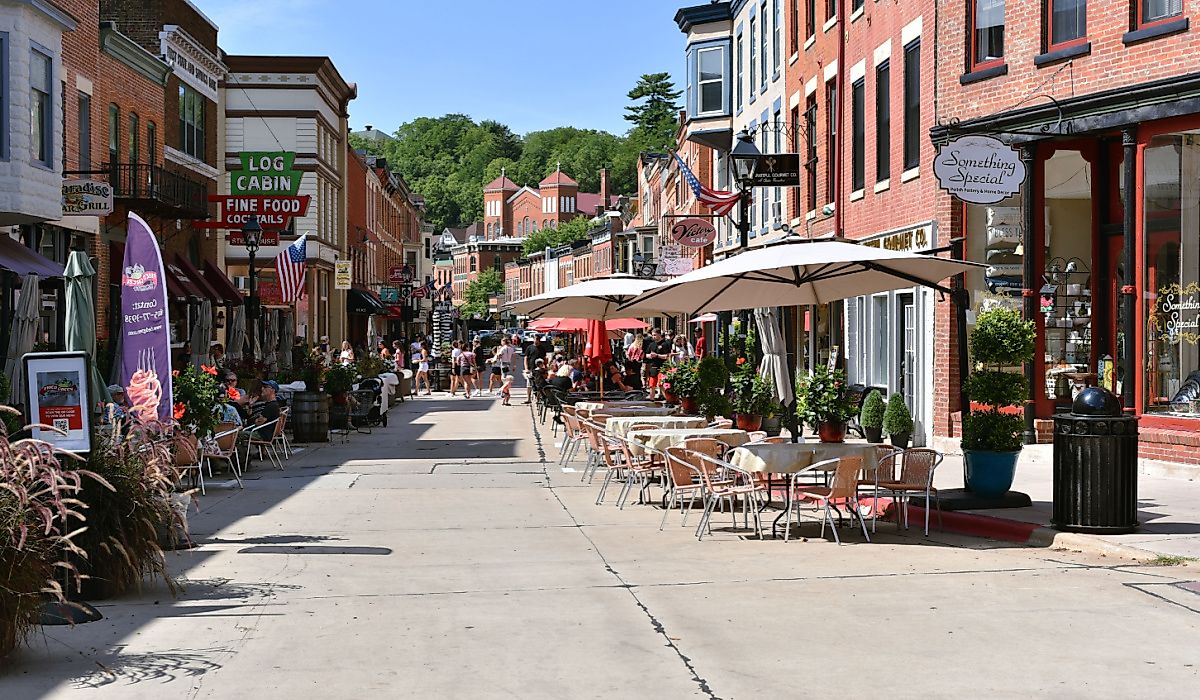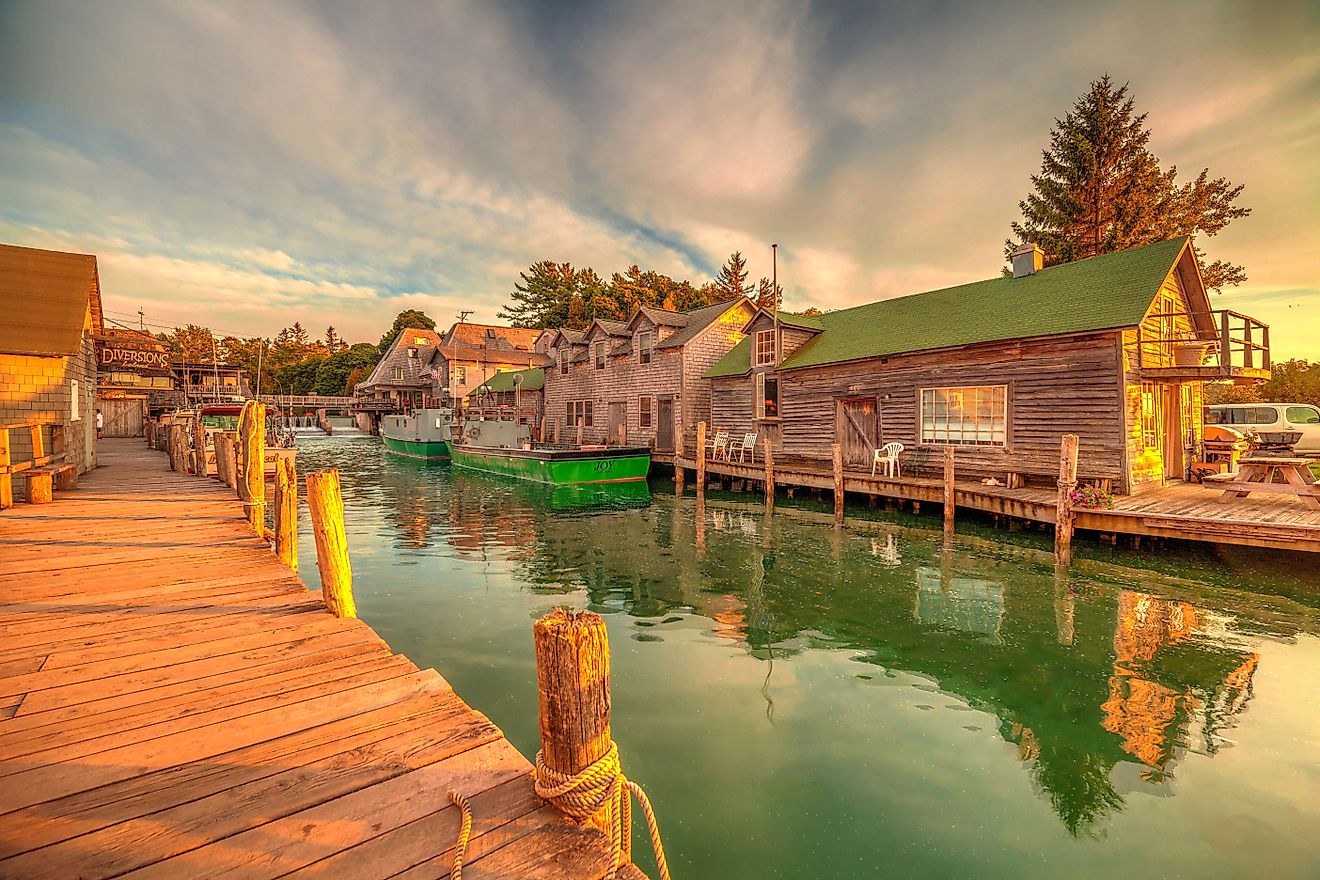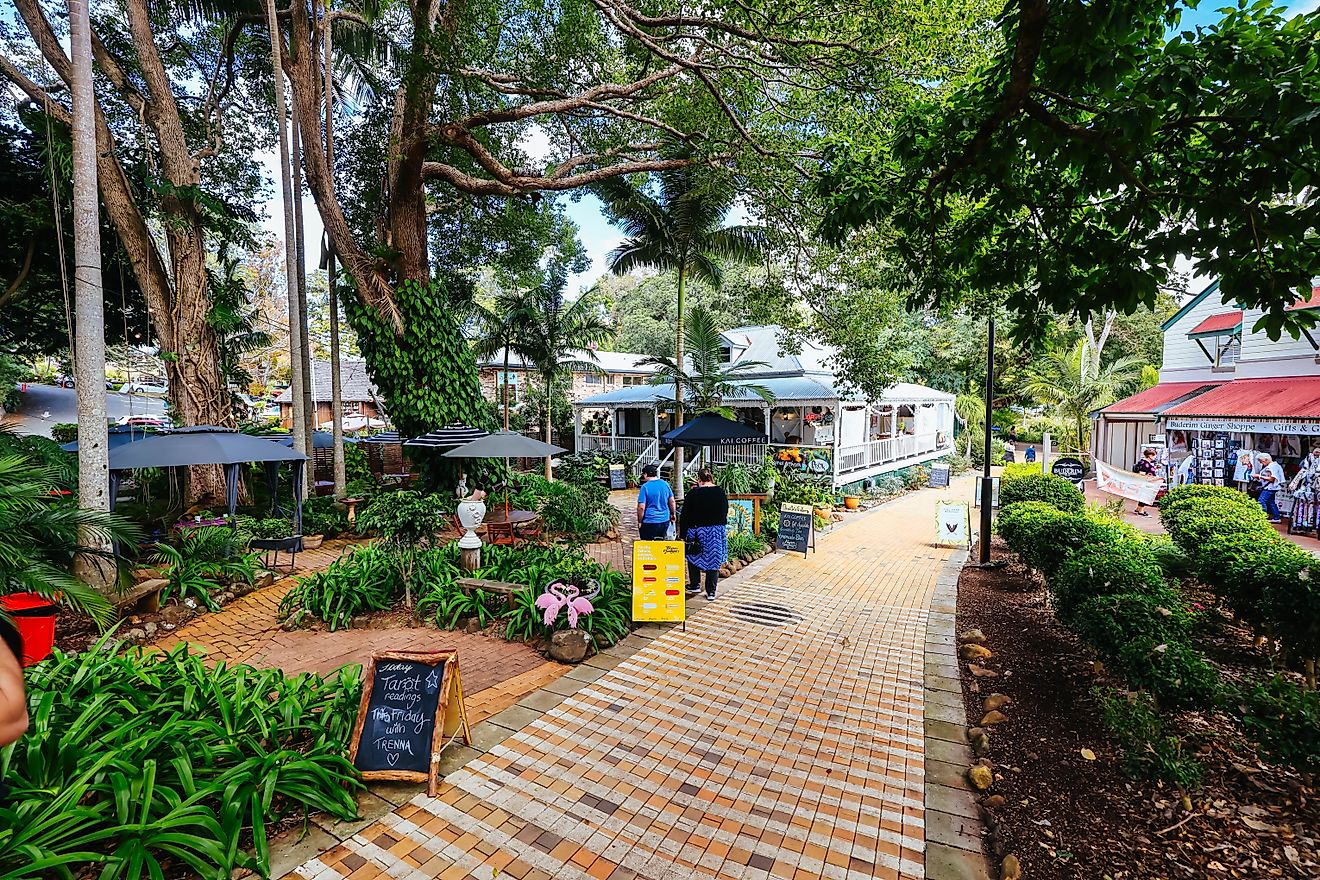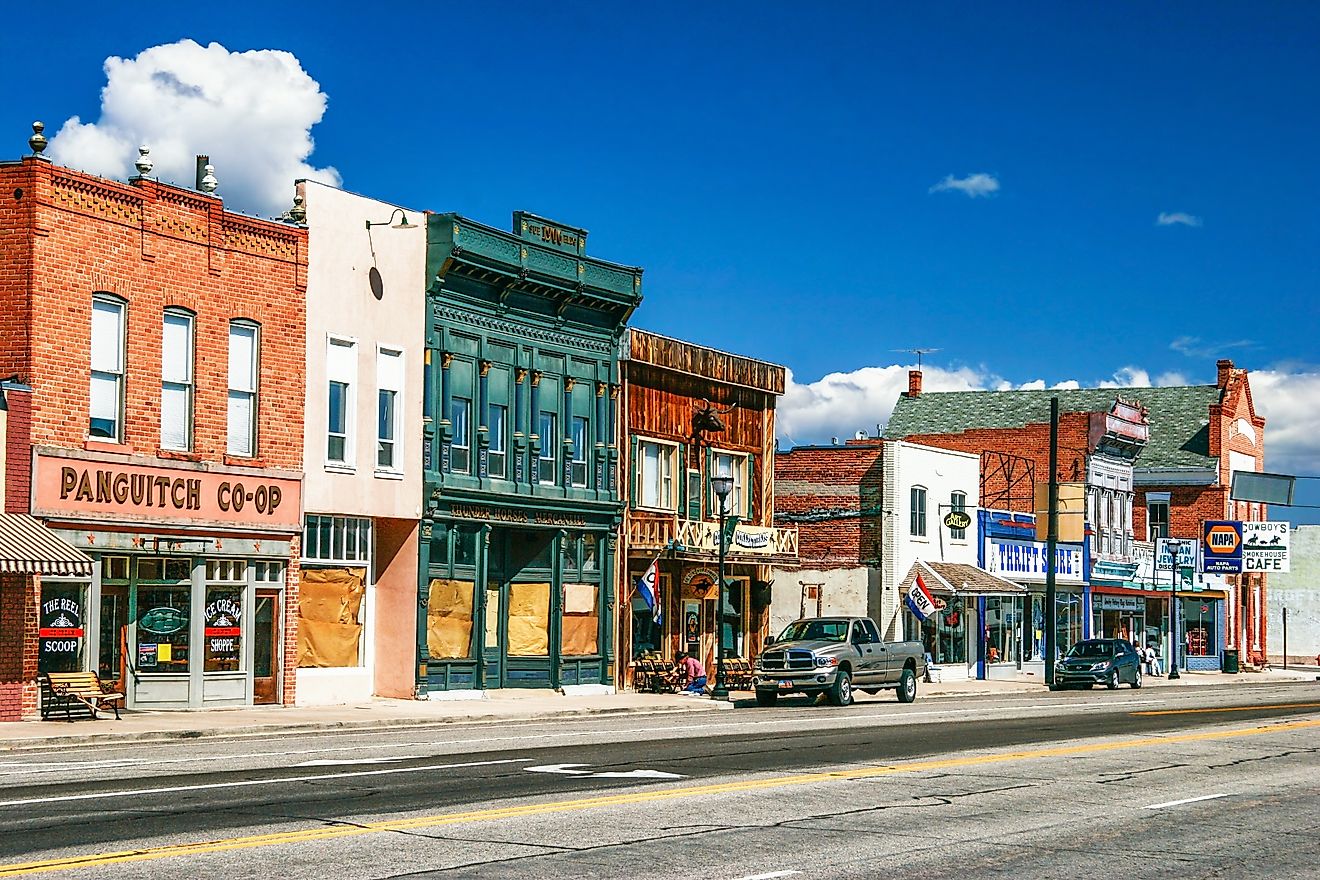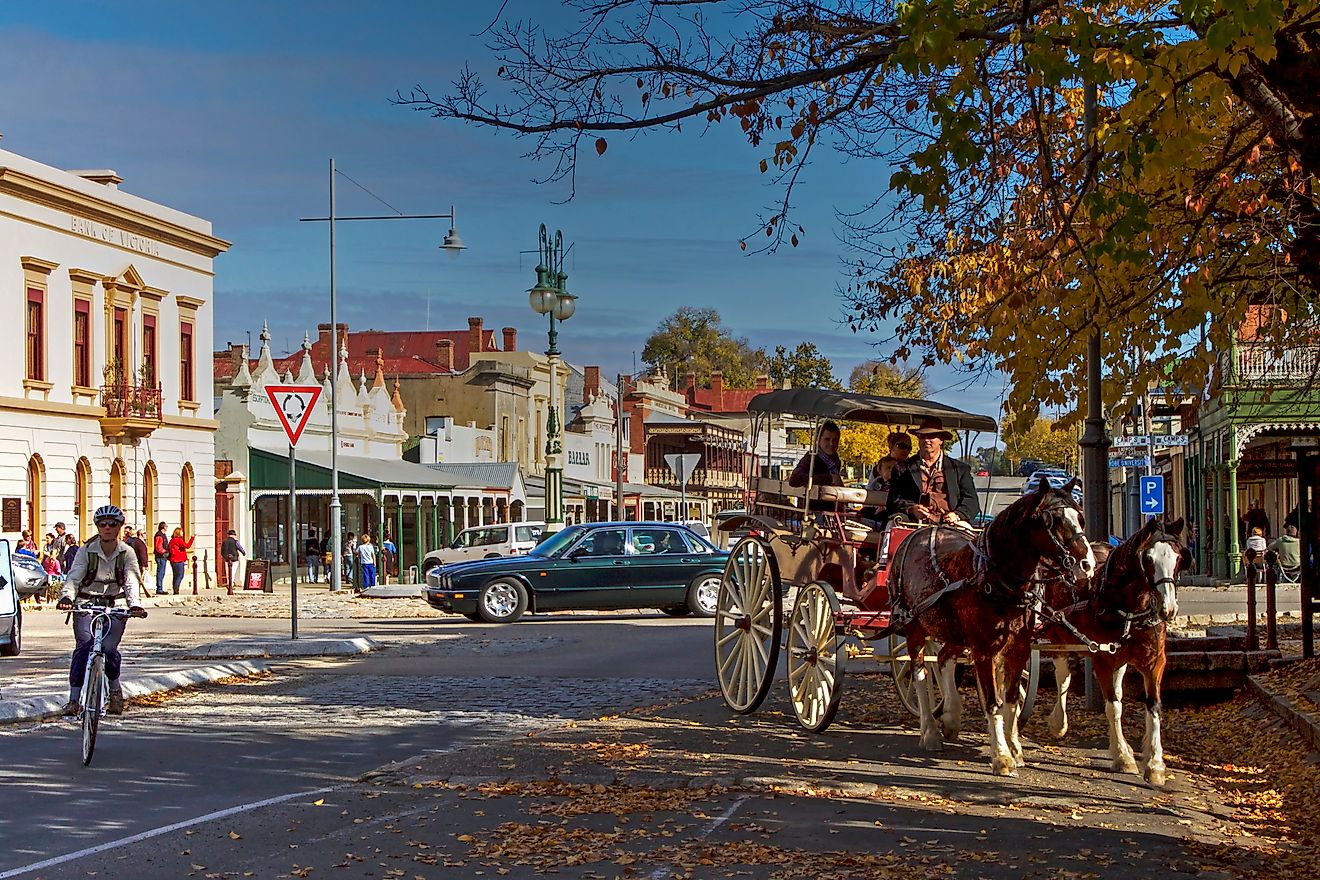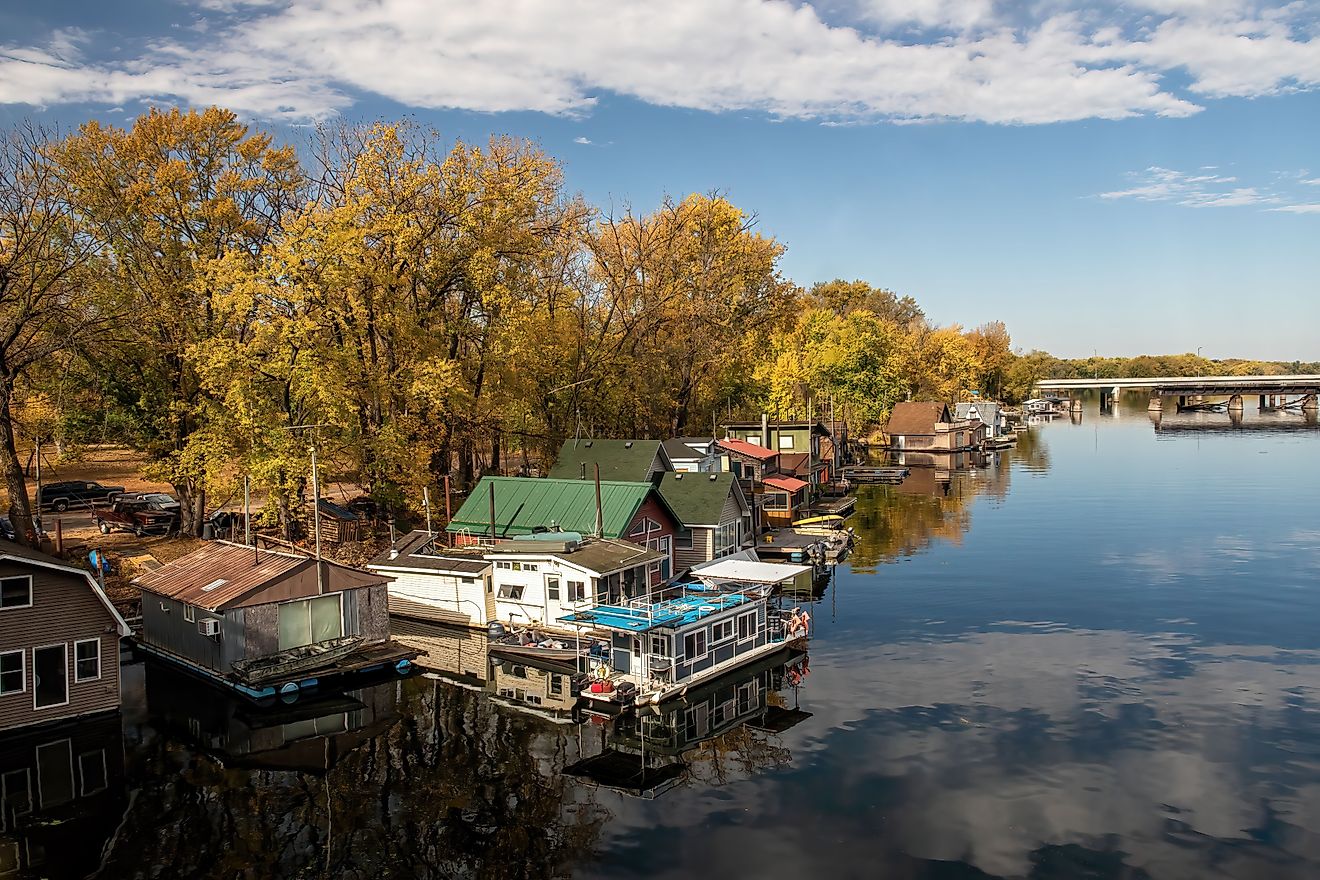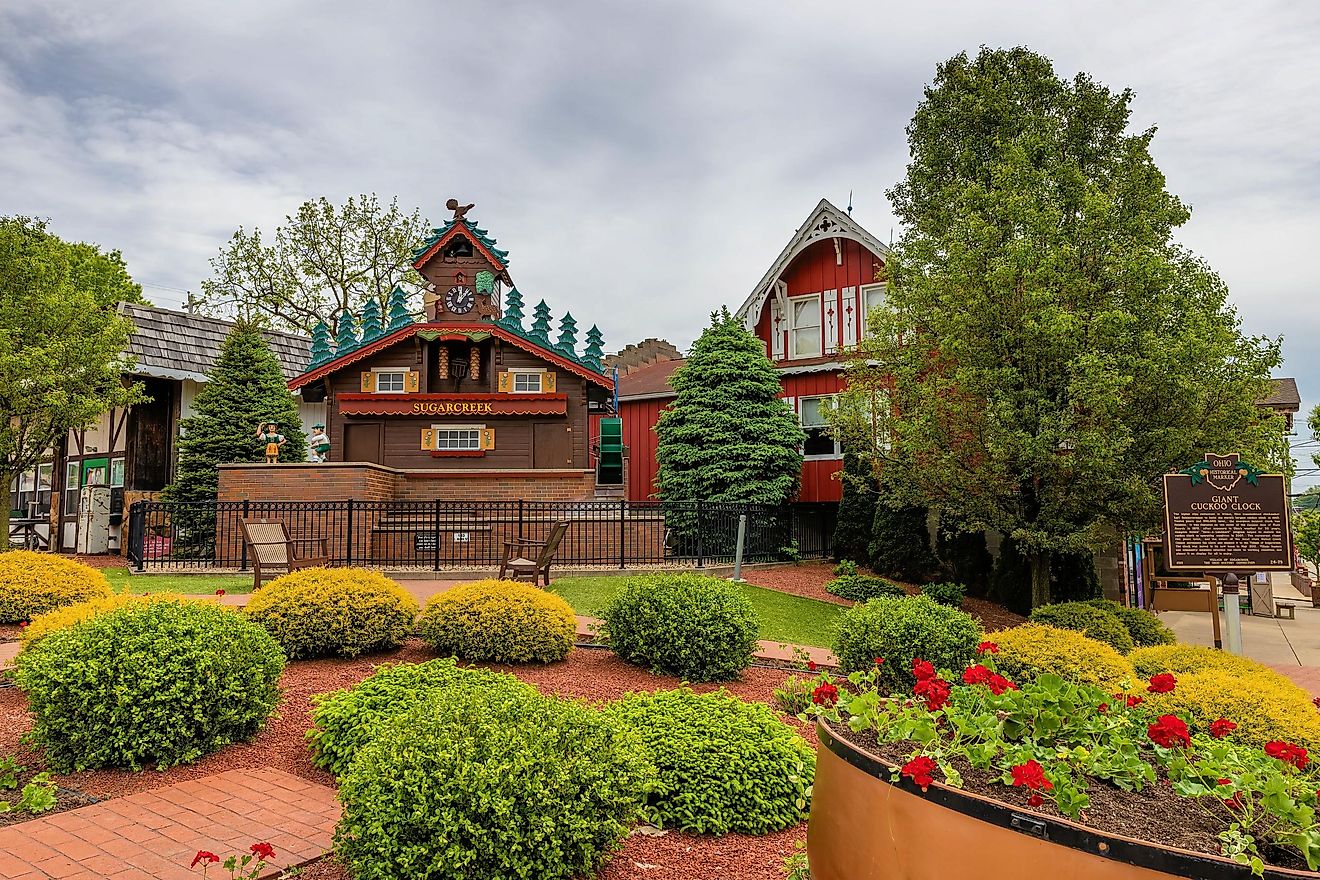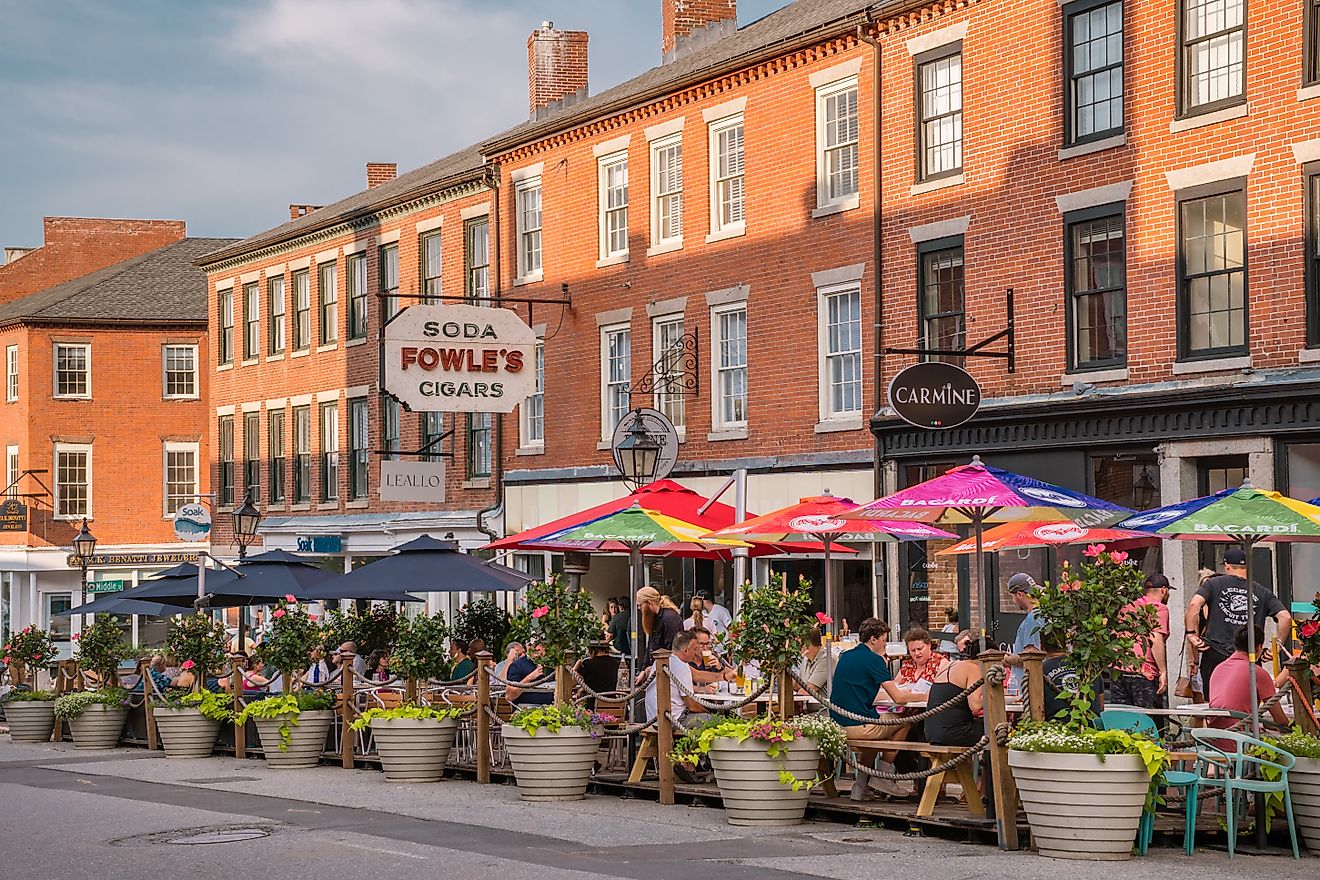Wind Cave National Park
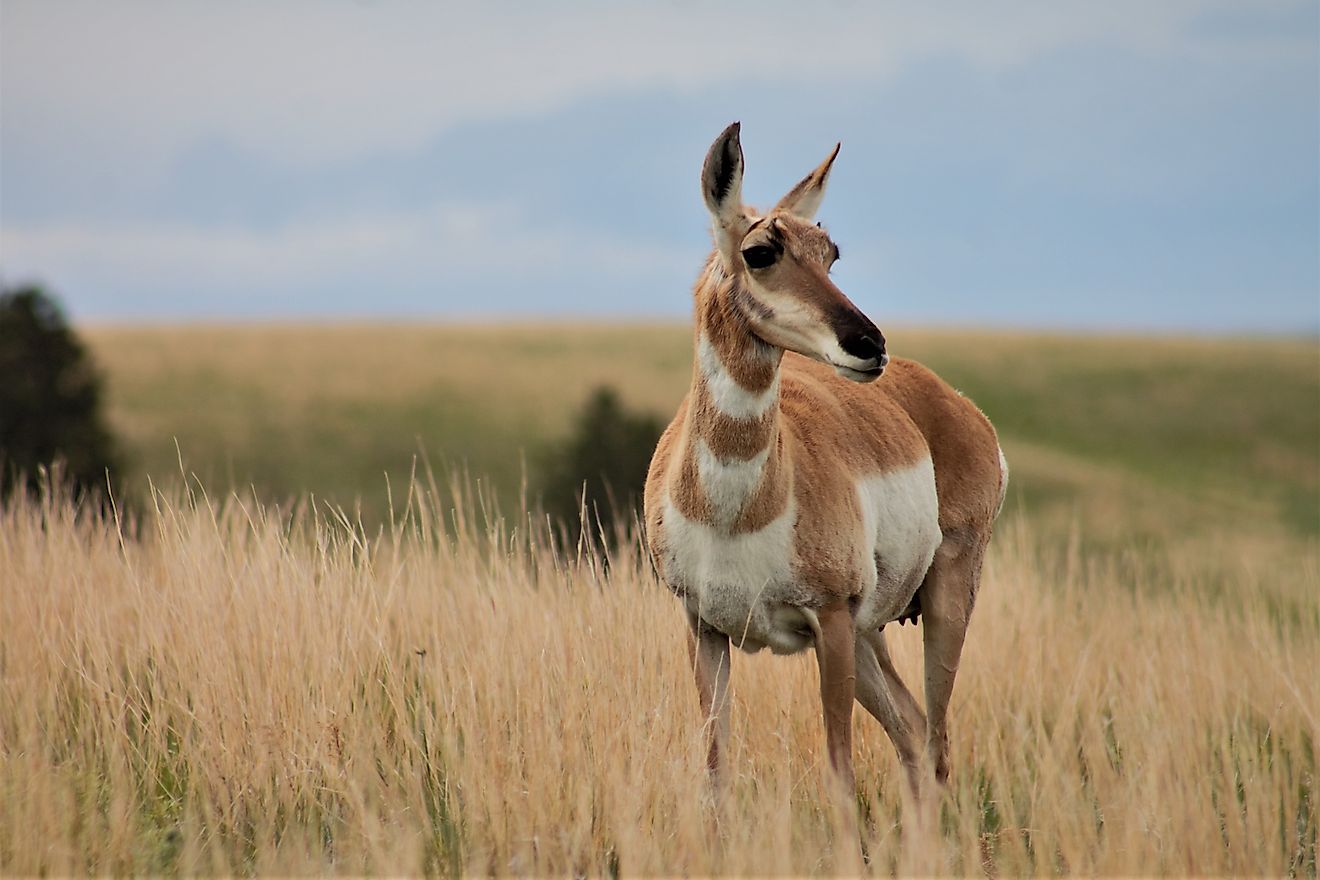
- Wind Cave National Park was the first national park in the US created to protect a cave.
- Wind Cave has the largest concentration of boxwork formations in the world.
- The cave is a sacred site for some Indigenous peoples.
- Wind Cave is the third longest cave in the US and the sixth longest in the world.
Wind Cave National Park is located in the US State of South Dakota. As the name implies, the park consists primarily of the Wind Cave, the first cave to be declared a National Park in the United States. The cave itself features the world’s largest concentration of rare boxwork formations. It is also a sacred site for some Indigenous, who knew of the cave for centuries before it was first explored by people of European descent. The rest of the park consists of forests and prairies that provide a refuge for many animals. More than 600,000 people visit the park every year.
Geography
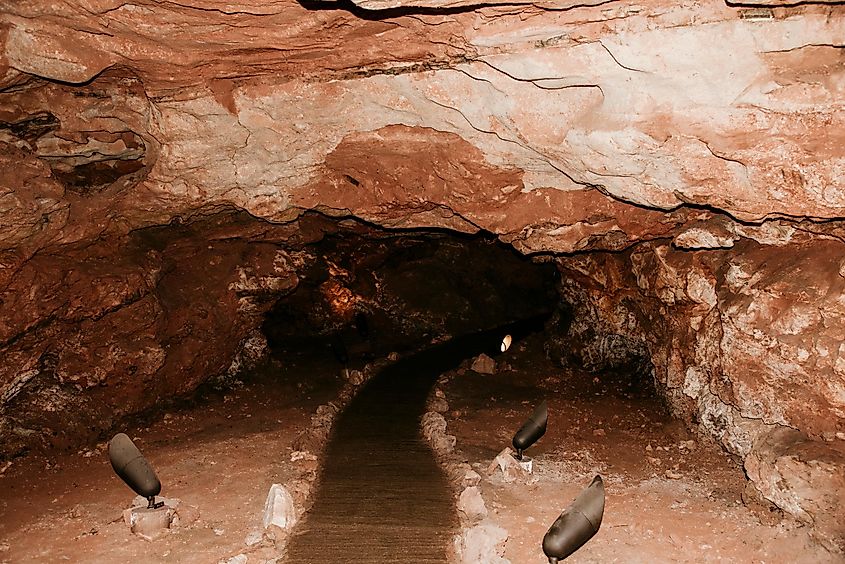
Wind Cave National Park encompasses an area of 137 km2, which is relatively small compared to other National Parks. The park is located on the southeastern shoulder of the Black Hills, not too far from Mount Rushmore. The primary attraction of the park is of course the Wind Cave itself. The cave has 240 km of passages, making it the third-longest cave in the US and the sixth-longest cave in the world.
The cave is distinguished by formations known as boxwork. This is a formation composed of thin calcite fins that resemble honeycombs. Wind Cave has the largest concentration of this kind of formation in the world. There are also some stalactites and stalagmites in the cave, though not as many as featured in other caves. But why is this cave called Wind Cave? The answer lies in the atmospheric pressure between the cave and the surface. This pressure produces wind that is funneled through the entrance of the cave. The currents and direction of this wind change depending on the level of atmospheric pressure.
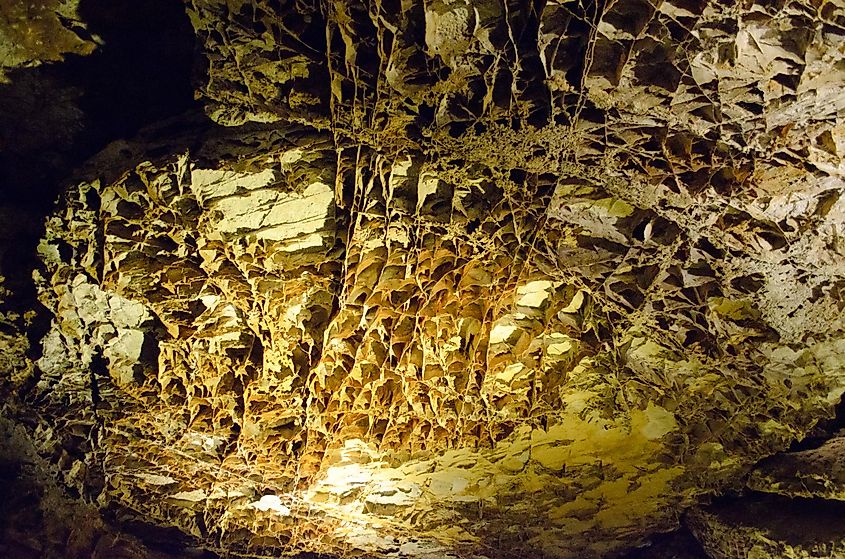
Aside from Wind Cave, the park also has 114.5 km of forest and prairie that is home to a myriad of wildlife. The terrain consists of windswept rolling hills, which are emblematic of the Dakotas. Some visitors to the park enjoy horseback riding over this terrain. To get a spectacular view of the entire park, East Bison Flats is the place to go. From here, there is a great view of not just the park, but also Buffalo Gap and the Black Hills. For those who are avid hikers, Wind Cave National Park features 48 km of hiking trails.
Wildlife
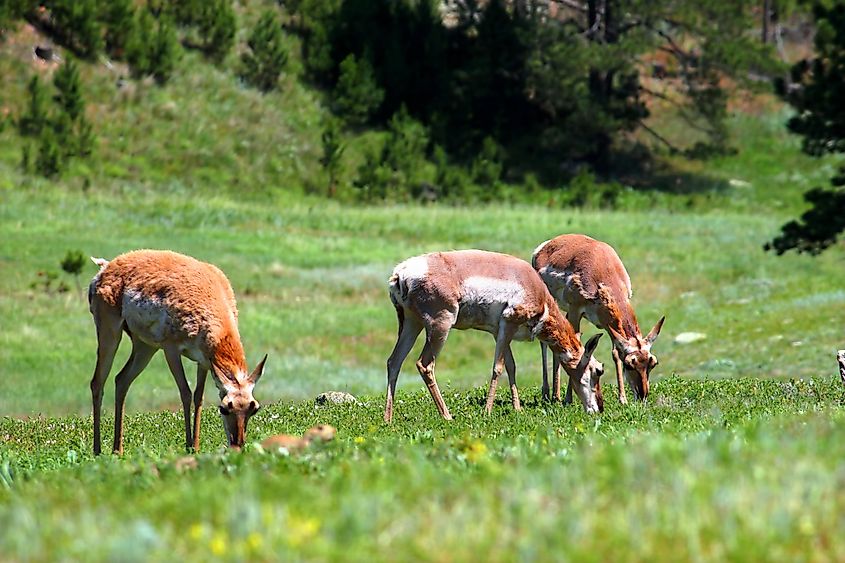
As previously mentioned, the surface of Wind Cave National Park consists primarily of forests and prairies. The park is one of the few places with natural prairie grass. There are many types of grasses in the park, including 13 types of tall grass, 25 types of mid-level grass, and 13 types of short grass. Native plants include ponderosa pine, sego lilies, purple coneflowers, and sunflowers. There are also some cacti native to the area. Trees in the park include common types of apple trees, native elm, oak, ask, and other species that are prevalent in temperate and sub-tropical zones.
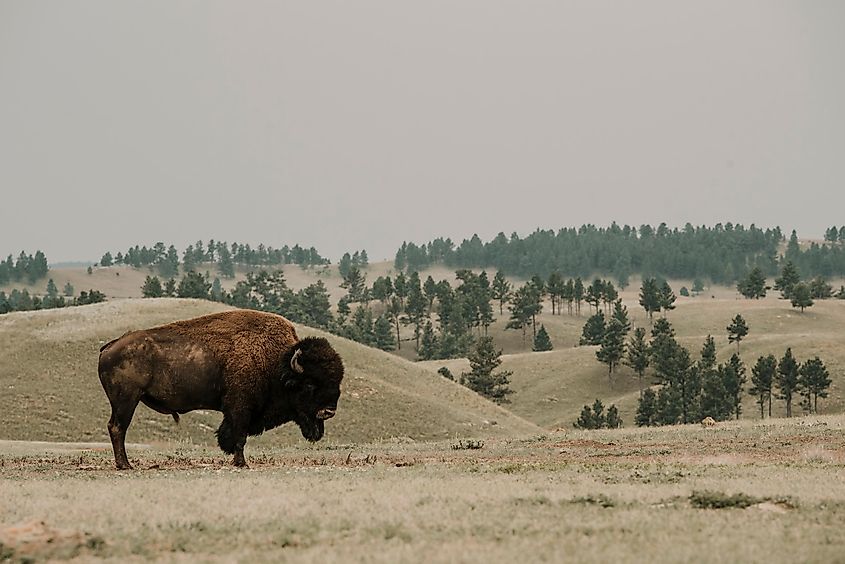
Wind Cave National Park is also home to an abundance of animal life. Several mammal species inhabit the park, including bison, elk, pronghorn antelopes, coyotes, yellow-bellied marmots, deer, mountain lions, badgers, and prairie dogs. Elk and bison were once extinct in the park, but were reintroduced in 1911 and have since been thriving. Another animal once extinct in the park is the black-footed ferret, but these were also reintroduced, in 2007. Bird species that can be found in Wind Cave National Park include golden eagles, red-tailed hawks, prairie falcons, great horned owls, western meadowlarks, and sharp-tailed grouse. The park is also home to a highly venomous rattle snake called the prairie rattlesnake, which commonly preys on prairie dogs.
Brief History
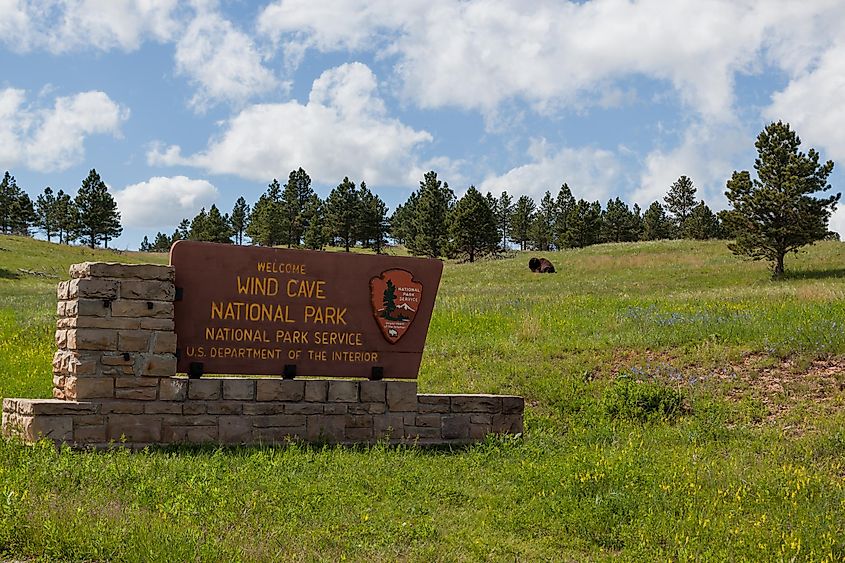
For the Indigenous Lakota people, the Wind Cave is a part of their story of creation. According to Lakota tradition, the Wind Cave is where the Pte Oyate, or Buffalo People, emerged from inside Mother Earth and became Ikce Wicasa, or Common People. Once these people reached the surface, they discovered the footprints of bison. The Creator told them to follow the bison, who would provide all that they needed to survive in their new home on the surface. To this day, the Wind Cave is sacred to many Indigenous tribes.
But although the Indigenous peoples of the area knew about the Wind Cave for centuries, its "discovery" by Europeans would not be recorded until 1881, when two men named Jesse and Tom Bingham visited the cave upon being attracted to it by its whistling noise. The first European person of record to actually enter the cave was Charlie Crary in the fall of 1881.
After this, the Wind Cave was the subject of mining claims, but the mining proved to be unsuccessful. Then, a manager of one of the claims decided that the cave would make a good tourist attraction. To facilitate this new venture, passageways in the cave were widened for tours, and staircases were installed. A hotel was built near the cave entrance. In 1899, however, feuding among those party to the tourism venture ended in the courtroom, when the Department of the Interior invalidated all claims to the cave and the surrounding area. Two years later, the land was declared off-limits for homesteaders. In 1903, US President Theodore Roosevelt signed the bill that created Wind Cave National Park, one of the first national parks in the US, and the first one established to protect a cave.
Environmental Threats
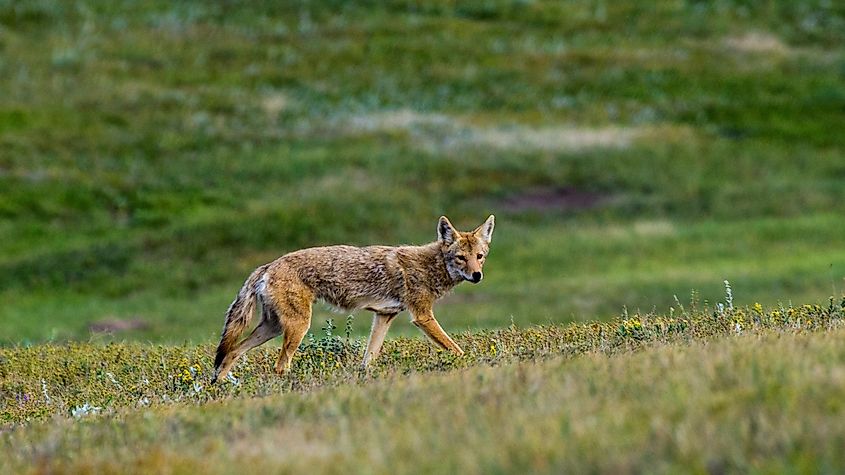
The natural ecosystem of Wind Cave National Park faces some specific threats. One threat is overgrazing, as there were no native predators to control the herbivores in the park that depend on the natural prairie grasses. To rectify this issue, predators such as coyotes and prairie dogs were introduced into the park and now control the herbivore population.
Another issue is forest expansion, which is when the forests of the park expand into areas of the prairie. Over the last few decades, the National Park Service has used controlled fires to halt this expansion and protect the vital prairie grasses. Invasive species are also a problem. These include Canada thistle, leafy spurge, and horehound, which compete with native species for water, nutrients, and sunlight. In addition, like other fragile ecosystems, Wind Cave National Park is at risk from the effects of climate change.
